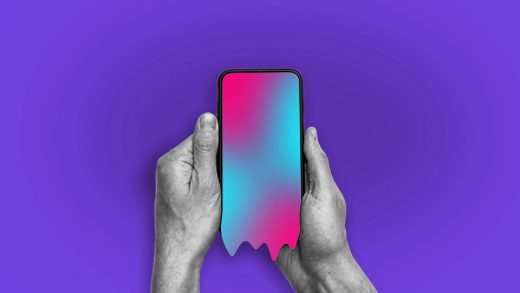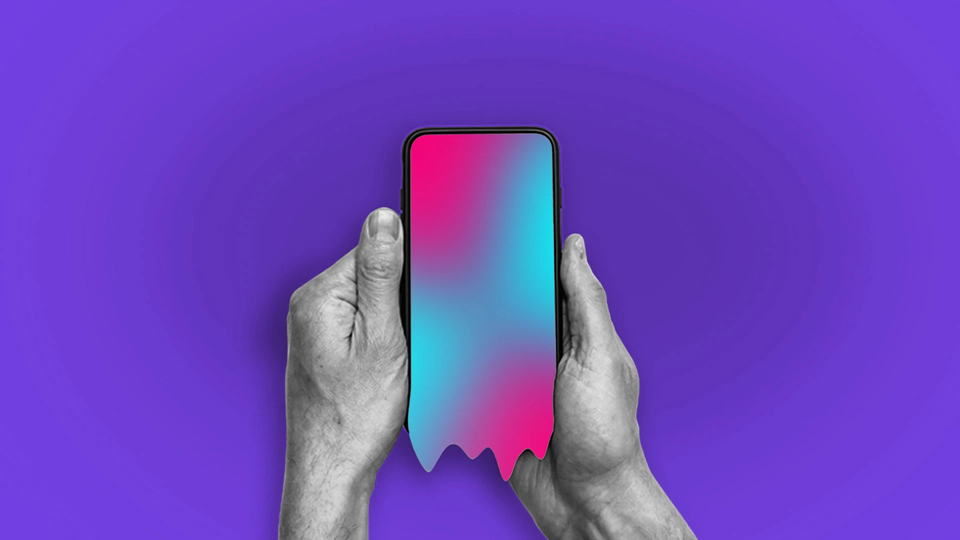Psychologists have figured out why you get so bored scrolling through TikTok and Instagram
Psychologists have figured out why you get so bored scrolling through TikTok and Instagram
A study by researchers at the University of Toronto found that switching between media makes boredom worse. Why? Because we’re never immersing ourselves.
BY Shannon Cudd
We are all guilty of grabbing our phones and scrolling through social media when times get boring. Most of us think this helps keep us entertained. A new study published in the Journal of Experimental Psychology: General found just the opposite. Those silly memes, cat videos, and BookToks are actually making the problem worse—especially when you switch back and forth between them.
How the study worked
Katy Tam, the lead study author and a postdoctoral fellow of psychology, and her team at the University of Toronto at Scarborough studied about 1,200 people in seven different experiments. Although the exact parameters of each round were different, the basic procedure was similar. Participants were given one video to consume without the ability to fast-forward, rewind, or skip. They were then given another video or series of videos and the power to jump around.
Participants were surprised by the experience. They were more satisfied and engaged when forced to watch the whole video without fast-forwarding and rewinding. This was not what they predicted.
What the researchers found
“Our research shows that while people fast-forward or skip videos to avoid boredom, this behavior actually increases boredom,” Tam explained to CNN.
A fear of missing out or looking for the next best thing is keeping us in unhealthy cycles. “Boredom is closely linked to our attention,” she continued. “We feel bored when there’s a gap between how engaged we are and how engaged we want to be. When people keep switching through videos, they’re not fully engaging with any one video, and are instead searching for something more interesting.”
To sum it up, fully immersing oneself in an experience and giving it your full attention is key. It’s all about focus.
How digital distractions impact young people
It is important to understand how digital screen usage impacts people’s brains given that children today are growing up with screens, apps, and social media. They don’t know a world without Snapchat, TikTok, and YouTube. Even though Common Sense Media only recommends one hour of quality screen time a day for kids ages 2 to 5, many kids get much more. This only gets worse as they grow up.
A 2019 study published in The Journal of Adolescent Health found that boredom was increasing in young people. This study focused on 8th, 10th, and 12th graders from 2008 to 2017. Research was conducted by having students fill out a self-report survey. Since the average child gets a smartphone in eighth grade and a tablet even earlier, mindless scrolling could be a contributing factor.
Boredom doesn’t have to be bad
Clinical psychologist Stephanie Lee, who did not participate in Tam’s study, offers some silver linings. She believes it is not the end of the world if a child or teen is bored.
Instead, it is a teachable moment. “Boredom might not be super distressing, but it’s not fun,” she explained to Child Mind Institute, a mental health nonprofit. “Life requires us to manage our frustrations and regulate our emotions when things aren’t going our way, and boredom is a great way to teach that skill.”
Adults can help kids by modeling healthy behaviors and talking things out with them. The next time you want to scroll on your phone, think of who might be watching your example and do so with intention. Better to attend more movies, live theater, or read a book. Science shows you will enjoy activities you fully engage in even if it’s a “silly” cat video. Just make sure to watch the whole thing.
ABOUT THE AUTHOR
(9)



